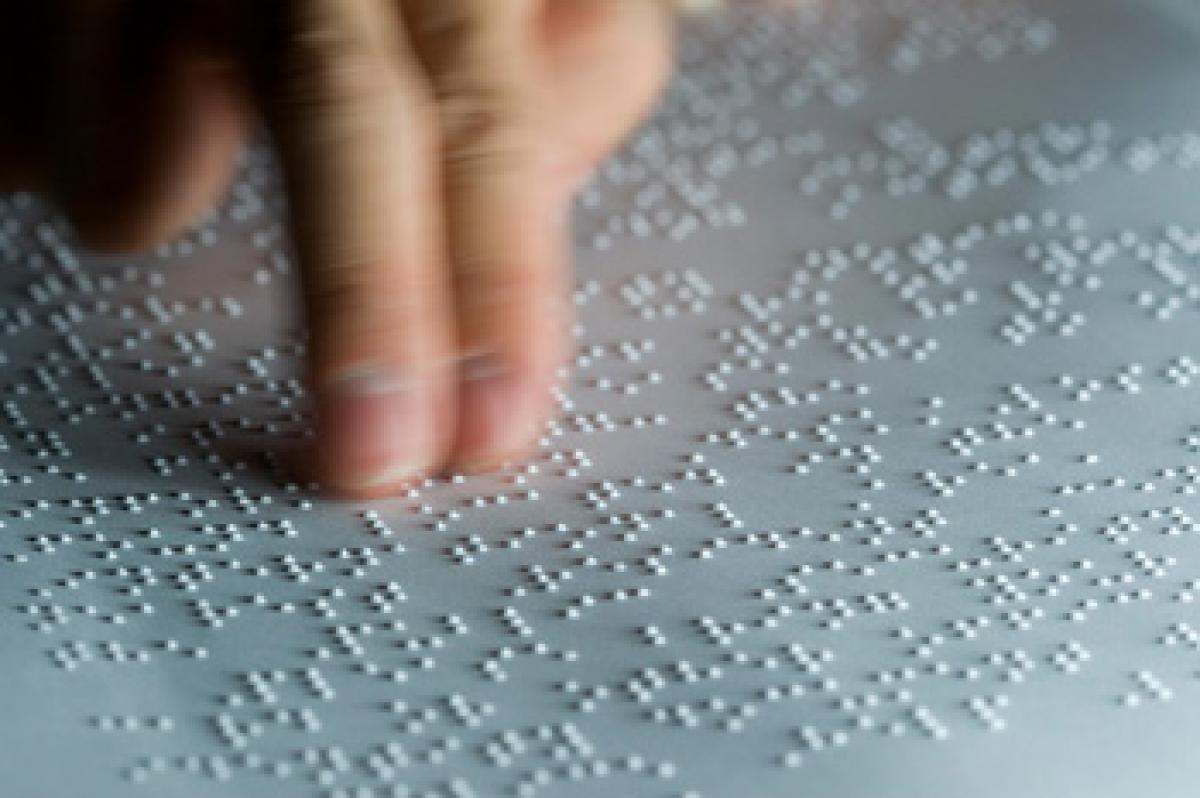Live
- PSI suspended for providing fake documents to join police dept
- Meet the ‘seed girl’ from Koraput
- Step up efforts to check red sanders smuggling
- Commissioner Narapureddy Mourya inspects Anna Canteens
- Flamingo festival-2025 to be celebrated from Jan 18 to 20
- Rape case filed against BJP leader
- CM receives 1,090 grievances at ‘Jana Nayakudu’ programme
- JNTU signs MoU with ICT Academy to boost skills of students, faculty
- Fitness test for police recruitment postponed to Jan 11
- Security enhanced for AP CM Chandrababu Amidst Maoist Threats









